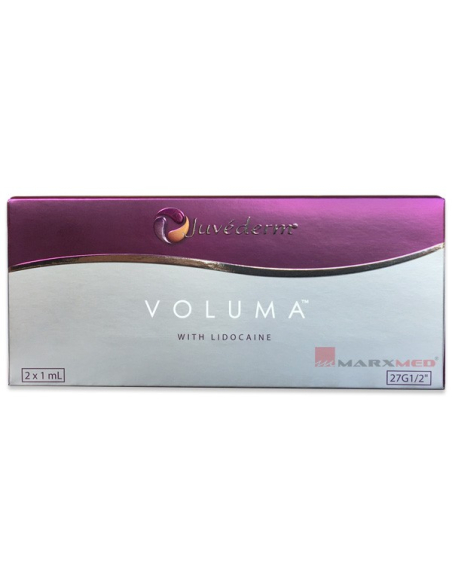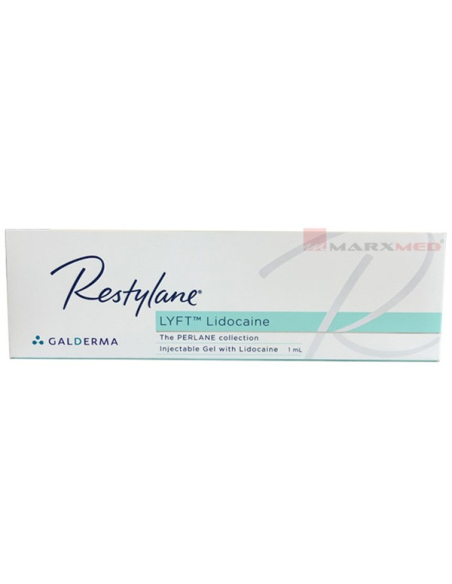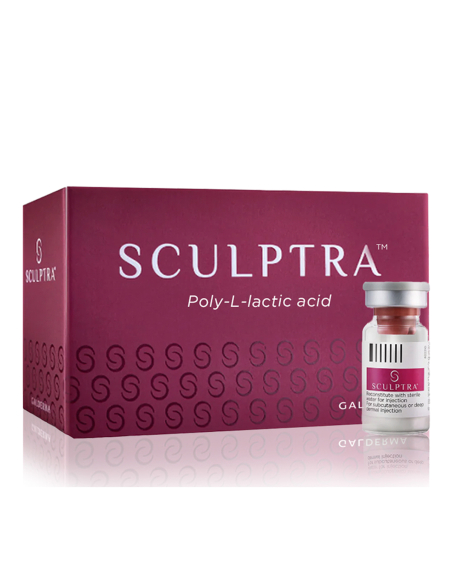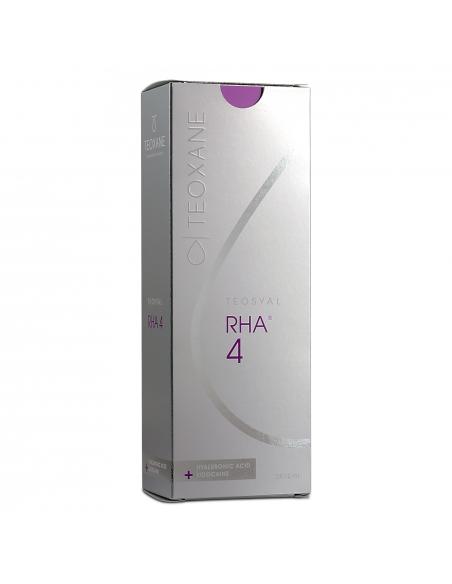- Dermal Fillers
- dermal fillers
Temple Filler: What You Should Know
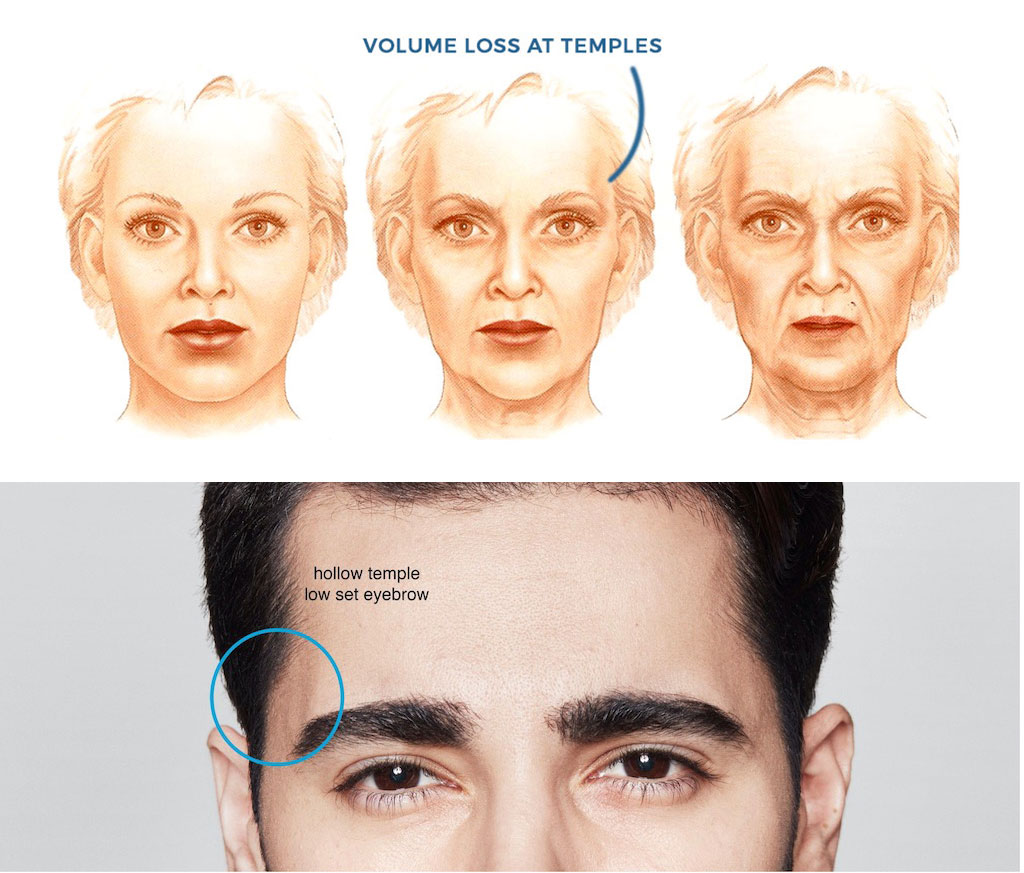
Most people never pay even the least bit of attention to their temples. And why should they? Other people may judge your arms, legs, nose, lips, skin complexion, or even feet, but you’d never hear someone blurt out “EW!! Gross temples!!!”.
Temples don’t get noticed by their owners until they start affecting their surroundings. Our temples start becoming kind of concave as we age and our body’s collagen production slows down and its bones and fat deteriorate. The temples are surprisingly faster to sink than other areas of the face whose deflation we associate with getting older, like the cheeks and under-eye areas.
Crow's feet can become worse, the brow might appear as if it is being pushed down, and sunken temples can even alter the form of the face, giving it a shriveled appearance. Young faces are frequently compared by aestheticians to an upside-down triangle, but receding temples flip that shape: the upper face becomes more angular and the skin that covers it droops, causing the lower face to sag and broaden.
More often than not, rather than the hollows themselves, it's the effects of temple shrinkage that capture our attention. These effects are associated with a weakening and sagging of the lower face. It is only after it has been explained to them by a dermatologist that the majority of people recognize the temples as being the reason for their faces appearing older than they are. The message it communicates might be more striking than the new shape. People have a subconscious ability to read faces. Long before someone gets close enough to notice wrinkles and imperfections, they can quickly estimate someone's age by reading their head shape from across a distance.
The face seems more gloomy and less youthful when the temples are thin and depressed because they produce a concave area that absorbs light. There is a harshness in this area as the temples collapse, the cheekbones enlarge, the upper eyelids sag, and the tails of the brows appear to tumble off the edge of the face. The temples are delicate areas. Their shape and firmness affect the whole facial structure. And the most common way people remedy sunken temples is by using injectable dermal fillers, with the two options available being Hyaluronic acid fillers or their Biostimulatory counterparts. However, one should know a few things before employing these measures, especially for first-time filler users.
Different people’s temples behave differently
Bodies behave differently depending on each person. A plethora of factors affect how a body changes. People who are extremely athletic or who exercise frequently lose volume in the cheek hollows, and temporal fat pad. The face becomes bony when these patches fade collectively, especially in people who have a lot of cheek filler or naturally prominent cheekbones. The face ends up looking villainous with cheekbones that protrude way more than the other features.
The filler is bound to give a youthful sheen
The main characteristic of youthful skin is its rounds. As we age that newborn-like look fades away as we lose fat tissue. A good bone structure is a crucial element for what is generally regarded as a beautiful face, but that structure needs to be coated. As we grow older that “coating” which is basically just fat pads fades away, which is perfectly normal. But with that loss, the face loses that young appearance it had.
To recapture that glow one would need to recover that bone, but giving back structure to the whole face step-by-step would mean filling in the cheeks, strengthening the jawline, and many other modifications that would be not only tiring but unnecessarily costly. Applying dermal filler to the temples, them being at the top of the face, gives the other features a sort of lifting that appears perfectly natural and unaltered.
For certain people, temple filler might alter their hairline and push it a bit forward. As the temples swell a little, the nearby hairline advances, creating a more youthful appearance and increasing stylistic possibilities. People with extremely hollow temples cease pulling their hair in a ponytail because they no longer think it looks appealing, often without even realizing it.
It’s Not Everyone Who’d Benefit From Temple Filler
Although filling the temples kind of sounds like the new groundbreaking solution for visible aging because of the results it can have. In ruth, temple filler, contrary to other types of fillers, isn’t ideal for everybody. Practitioners use dermal filler on the temples to give a more round appearance to faces that have an angular quality to them. So by that logic, it is easy to deduce that it would have an effect that is not that tasteful on the faces that are already naturally round or extra wide. People with naturally round faces can actually benefit from a slight concavity in the temple areas to imbue their faces with a little equilibrium with the plumpiness they already possess. By emphasizing the cheekbones, a natural hollowing of the temples can actually make big faces appear slightly slimmer and sleeker.
Temple Filler May Feel A Bit Strange
Although the injection isn't unpleasant in and of itself, one could experience increased annoyance pressure and perhaps hear a crackly or crunchy sound effect. Injectors may fill the temples with a cannula or a needle, depending on their personal inclination. Not everyone can handle the sensation of the cannula slipping under their temple skin, according to doctors. The individual may experience greater pushing and pulling in the temple region even with adequate anesthetic or numbing agent because it can be more difficult to move through there than in other areas.
The fact that doctors tend to recommend temple filler in spite of the possibility of the procedure being unpleasant stands to witness how much they believe in its effectiveness.
Injecting Filler In This Area Can Actually Be Dangerous
Although no part of the face is completely safe for injections, some places are riskier than others because of the local vasculature. Filler injections into facial arteries have the potential to block blood flow to the skin or, in rare circumstances to the eyes, which can result in necrosis and long-term blindness. Accidental injection into the superficial temporal artery, which is an end artery, might limit the blood flow to specific areas of the forehead. A more worrisome issue is that some temple blood vessels may link to the blood vessels that supply the retina, increasing the risk of vision loss or impairment.
It's crucial that the practitioner be aware of the structure of the temples and knows which areas to target when applying filler, placing it only at safe depths where there are no blood vessels. This entails either superficial cannula injections or deep needle injections into the bone. Depending on the anatomy, the patient's comfort level, and the filler being used, doctors may change the tool and technique they use.
Multiple Solutions Exist
Different practitioners have different preferences and different methods when it comes to the temple area. With the wide selection of Hyaluronic acid and Biostimulatory dermal fillers, it is uncommon to find two doctors that agree on one method. The only thing that we can advise is that if one is considering the Biostimulatory option, it be in the hands of an excellent practitioner since the effects tend to be irreversible.
Most doctors agree on Biostimulaory fillers like Sculptra for the temples, them being such prominent areas. Biostimulatories have had greater results in both the short and long terms, they tend to give off a more subtle “natural” look even months after the procedure. That is due to the fact they stimulate collagen production instead of physically filling the space, leaving the body to correct the area on its own, albeit with a little nudge in the right direction. Of course, there is no one universal solution, depending on the subject at hand, doctors’ approach may change.
It’s Not “Temples Fixed!!!” And Done
To give a final result that looks as natural as possible, one has to consider the fact that balance is very important. Most people with hollowed-out temples have been shown to have suffered a degradation to the structure of their lower face as well, the severity of which is assessed by the dermatologist handling the patient. Each patient will require a different combination of injections to best match their temple filler. Fillers are commonly used by doctors to address a variety of areas, including the marionette area, the area in front of the ears, and the pyriform gap. The balance between the cheeks and the temples is something that all doctors emphasize since people tend to go over the top using cheek filler because of the affordability of the procedure and the lifting effects it offers. Doctors discourage this method because it takes a lot of maintenance and adage of filler to the cheek area creating, leading to a bottom-heavy look over time.
People Can Go Over The Top Applying Filler To The Temples
Even though doctors maintain it's uncommon, particularly when filler is injected deeply, it's not impossible to make the temples appear overdone. As a result, the patient ends up with a highly prominent and aggressive, almost villainous look. However, when administered carefully and with the right objectives, temple filler looks quite natural and does little more than soften the lateral face's contour.
Temple Filler Procedure Is Commonly Followed By Pain In The Jaw
If you've ever had your temples filled, you've probably learned that the procedure has a surprising aftereffect: discomfort in the jaw. The masseter muscle of the jaw and the temporal muscle work in correlation with each other to open and close the mouth. Deep temple injections may temporarily push on the temporal-mandibular joint, leaving it sore and making opening your mouth difficult for the first few days. This is resolved by icing and massaging the area for the first few days. The temples also have a lot of nerves, which are stimulated by any type of injection and cause swelling. Although they don't always cause discomfort, you can have a minor aching or tingle after temple filler. Although this is typically common, consult your physician if it lasts or manifests as unbearable or disproportionate pain.
Best Dermal Filler for Temples
There are many good brands of dermal fillers that work very well on hollow temples. Here are a few honorable mentions:
- Sculptra: which is a bio-stimulator made of PLLA (Poly L Lactic Acid). Sculptra stimulates the body to produce its own natural collagen. It will take a few months to see results but the results are worth the wait.
- Teoxane RHA: which is an FDA-approved dermal filler (hyaluronic-acid filler). The FDA-approved fillers from the Teoxane line are RHA 2, RHA 3, and RHA 4. Teoxane RHA 4 is a good option for temple hollows and is being used by many doctors internationally.
- Juvederm Voluma.
- Restylane Lyft.
- Radiesse.
Temple Fillers Procedure Is Heavy On The Pockets But Worth It
Patients are sometimes reluctant to invest in the temples because they aren't as noticeable as the lips or cheeks for example. But once patients learn about temple filler and see the results, they understand how crucial it is for presenting a fresh, proportionate, and robust face shape. Filling this space can require a significant financial expenditure due to its vast size and the significant volume loss that is typical of temples. Any kind of filler almost always requires more than one dose to provide results. This can cost upwards of a thousand dollars.
